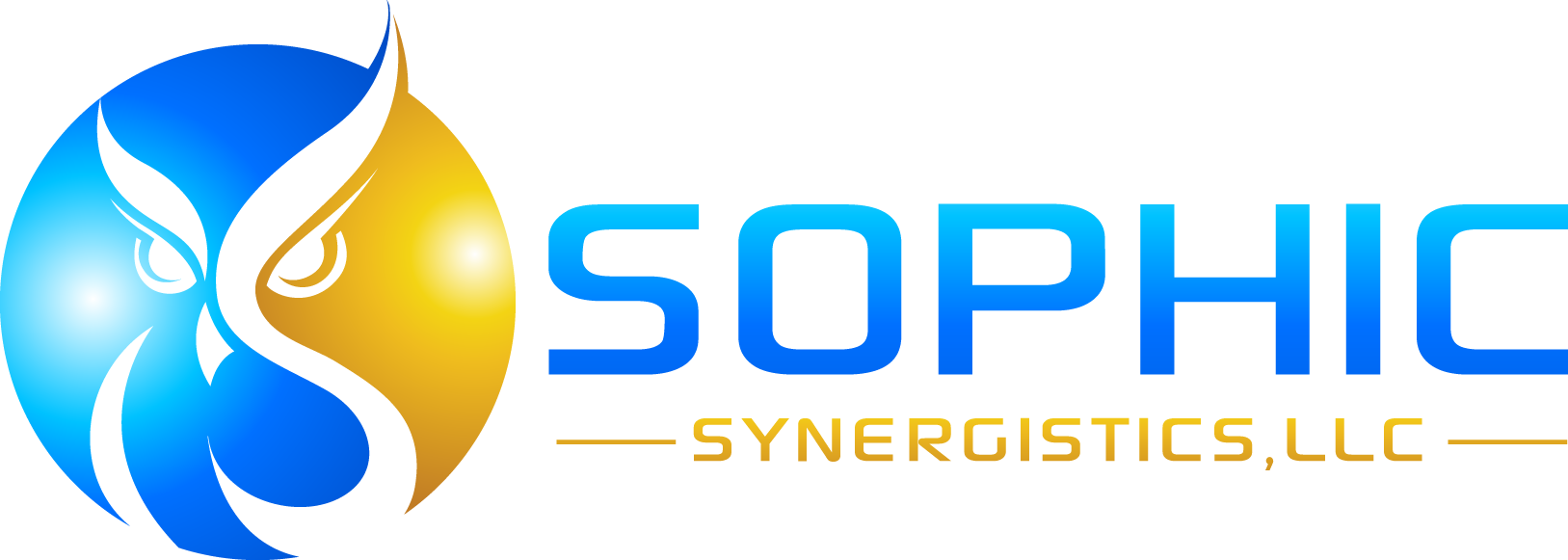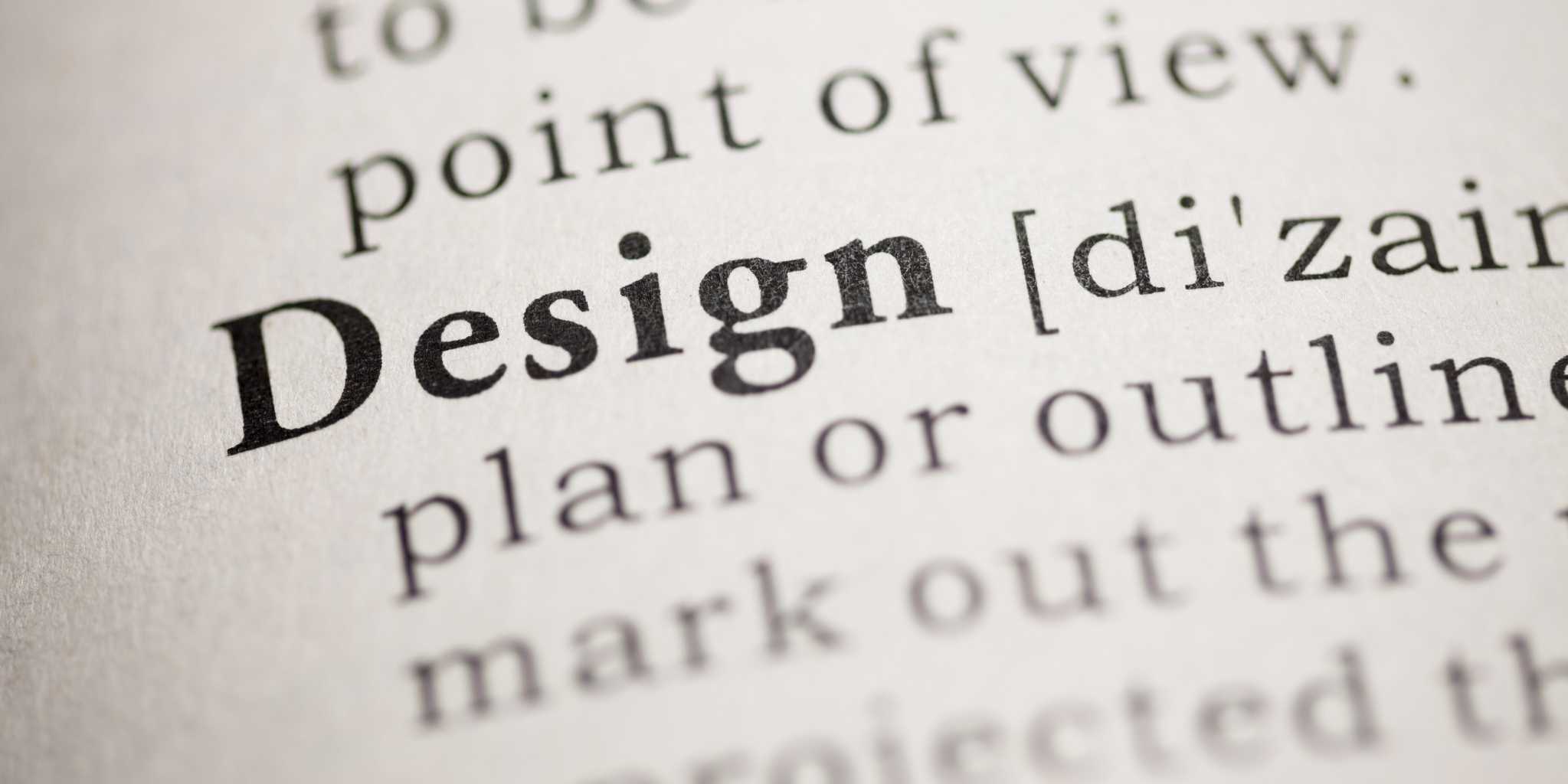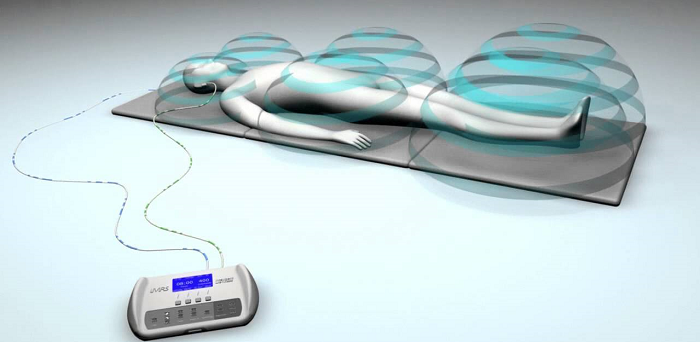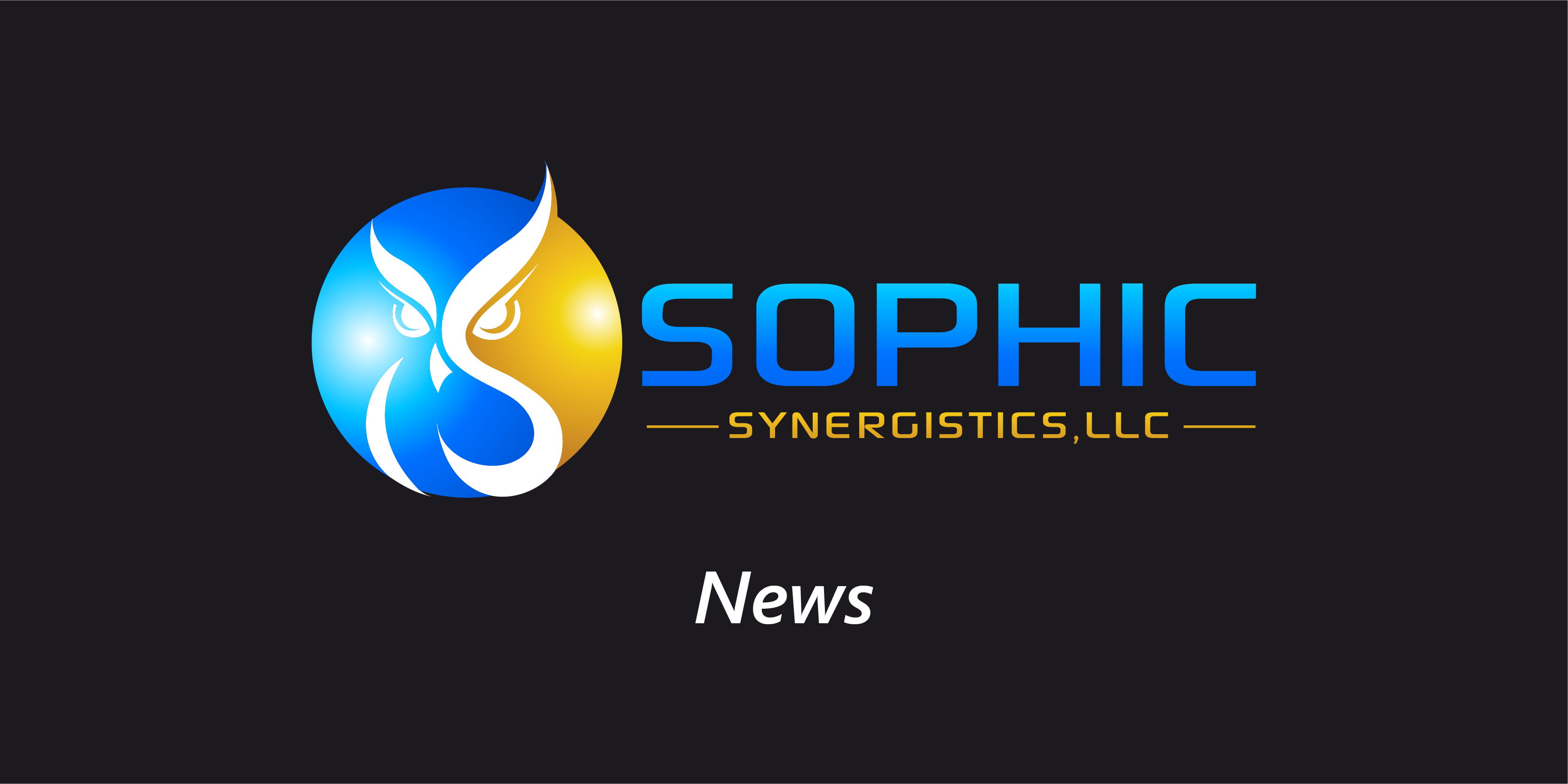“This product is going to change the world.”
You’re a product designer, and your brain has been playing this mantra on repeat.
“People are going to love it. Why wouldn’t they? I love it.”
Of course you do. You’ve spent countless days and sleepless nights developing it. You know it inside and out – from your initial sketches through every iteration. You’re so invested in it, that it’s not just a product anymore. It’s an extension of you.
But wait a second, you may be missing something BIG!
In your excitement for success… in your passion for getting your product to market at lightning speed… you forgot the most important thing. Your users!
What’s that you say? You talked to a few people and they loved it? You designed this product to suit a problem you experienced and it’s perfect? If this is you, then you are definitely the reader we are targeting! Sorry, but you are not representative of your users. In fact, if this resembles you, you may not really know who your users are!
Good product design takes talent and a high level of skill – both of which you have. But product design also takes a deep understanding of user experience. Just because you like something and think it works perfectly and is intuitive, doesn’t mean your users will agree. In fact, it’s safe to assume that your users don’t think like you at all. They don’t act like you, and they don’t have the same goals as you.
Overlooking your users leads to one outcome: product failure.
Your users are going to look at your product as a means to get something done. They are going to want something that solves a problem. If you didn’t design it in a way that allows them to meet their goals, they’re going to discard it, write bad reviews about it, and warn the world to beware. This happens every day, in every industry, with products both large and small.
When Microsoft introduced Windows 8 to the world in 2012, they did not do their user research. They designed Windows 8 to be an operating system that could work on tablets and desktops. First, this crossover didn’t solve any user problems. To maximize their use of the product, users had to have a machine that could function as a computer and a tablet – something many users could not afford.
Then, when they first released their Surface, users complained of features they couldn’t find and reduced power from a single-window UI. The rates of users switching from XP to 8 were low, and sales were disappointing. This is an important lesson for designers. If you can’t define your users’ characteristics without using yourself as the primary persona reference, you will end up with a design that only suits you!
Product designers must know their users just as well as the product they’re designing.
As a product designer, you must always remember that your product is not about you. It’s about your users. Again, you are not your users.
Is your head spinning and now you’re not sure now what to do to remedy a design conundrum? Don’t fret, there are many ways to identify and integrate the voice of your users, including:
Interviews/Focus Groups
You can conduct guided interviews with both existing and potential users. This will help you understand what they like and don’t like about your product.
Competitor Analysis/Benchmarking
Get to know your competition and the users of comparable products. Invite them to come speak with you through interviews and focus groups. Also, use social media to look at user product reviews posted for the world to see. They are a treasure trove and will show you where there are design opportunities for you in solving their problems!
Market Research
Understanding what the market may support in terms of product needs and where your target demographics are can have a huge impact on initial efforts. However, it’s important to understand that market research will give you an idea of what users may want, not necessarily what they need. All methodologies should be utilized to dial in on specific user needs to ensure you are designing to the right question.
Surveys
With a survey, you can gather information from a large audience across different demographics without incurring much cost or impact to your product schedule.
Usability Testing
Test, test, and test again. Design is an iterative process; you should be involving your target users every step of the way by testing prototypes and incorporating user feedback into the design process. Don’t wait until you have a final product. It becomes very expensive to incorporate changes when you have already over-designed and missed the point!
Human-Centered Design is the key to product success.
Human-Centered Design places your users at the center of the design process and helps you to understand the entire picture. It also allows you to make true and lasting connections with your users. This is especially important if you’re designing a new product. Users may not know how to interact with what you’re giving them. They may not even understand why they would need it. But if your design naturally informs people through how it looks, feels and responds to their interaction, there’s a good chance that they’ll love it. We can’t forget the importance to the bottom line as well. Users are the key to successful products, profitability and innovation!






